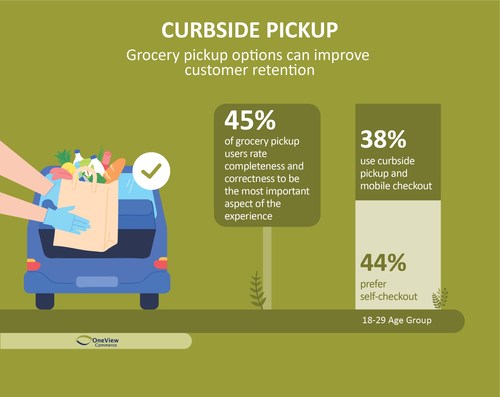Survey of 630 U.S. shoppers shows how unifying commerce strategies are critical to attracting, keeping and delighting customers.
OneView Commerce, provider of the ‘click-to-brick’ unified commerce transaction engine that powers checkout anywhere, today announced the availability of their 2022 Shopper Experience Survey.
Read More: SalesTechStar Interview With Mary Matyas, SVP & General Manager, North America At MediaMath
OneView analyzed more than 12,000 responses from shoppers about primary drivers for store selection, brand loyalty, and how they expect store experiences to improve. Key insights include:
- Price drove nearly 30 percent of those who switched grocery stores. Still, pain points related to out-of-stocks, long lines, and lacking digital experiences like delivery or pickup spurred almost the same amount of brand abandonment.
- Less than 18 percent of respondents remain loyal to a brand that fails to reward their total mobile, online app, and in-store purchases.
- Twenty percent of those using pickup note speed-of-service as the most important consideration; for in-store shopping, another 17 percent said efficient customer service and fast checkout counted most.
- Seventy-two percent of shoppers aged 18-29 indicate a preference for modern checkout options (self, mobile, curbside, etc.) versus traditional cashier checkout.
“In keeping with the sharp rise of digital expectations, the survey data reinforced that retailers must respond to shoppers’ demands for more attention, choice, convenience, personalization and perks,” said Lexy Johnson, chief marketing officer at OneView Commerce. “The report shares meaningful insights about how retailers need to create a scalable digital pathway that meets customers ‘in the moment of engagement’ to protect their critical market share and competitive advantage.”
OneView’s 2022 Shopper Experience Report is available for download and includes detailed information on respondents’ preferences regarding store proximity, digital-to-store experiences, customer service, and interactive features that inform their shopping behaviors and impact their loyalty to brands.























